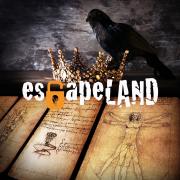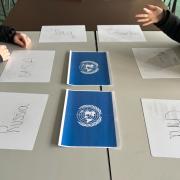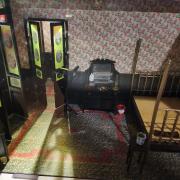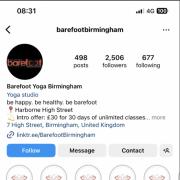
No Vote, No Census
by Imogen Edmundson
A pandemic is certainly one of the most memorable situations to have to fill out a census in, but a good contender is the 1911 census, which occurred against the backdrop of the movement for women’s suffrage, and was used by many women as a form of protest.
Although many of the most famous suffragettes can be criticised for only fighting for women in similar positions as them- wealthy, white, ect.- the movement itself was a key step towards women’s liberation in the UK, and the disruption of the 1911 census is important for understanding the mindsets of many households in relation to women’s suffrage. Initially proposed by Pankhurst, suffragettes up and down the country worked to prevent the census from being carried out effectively through writing slogans, politically fueled statements, or simply nothing on the census, some even going as far as to purposely be away from home and consequently not participating at all.
A common slogan printed by rebellious women was ‘No Vote, No Census’, which appeared multiple times as the adopted motto of the boycott. Many even stuck flyers with the same message over the slip of paper, and others wrote personalised messages with similar sentiment. ‘I don’t count so I won’t be counted’ and ‘no persons here, only women’ are particularly important in illuminating the rhetoric used to deny women suffrage, alongside the ways in which women fought back.
Another popular method of obstructing the census was to simply not be present when it was being conducted. Famously, Emily Davison- who would later die during an attempt to bring more attention to the women’s suffrage movement at the Epsom Derby- hid in a broom cupboard inside the Houses of Parliament overnight, and was subsequently able to call herself the head of the household on the official document. However, she was also recorded by her housekeeper as present in her household at the time of the census, and so appears twice on record. This was not a singular phenomenon, many members of households, particularly the husbands of women participating, tried, often successfully, to reverse the attempts at sabotage; the boycott itself did little to actually disrupt the census itself, but the 1911 census was key in bringing more attention to the women’s suffrage movement.
Although women in the UK today theoretically have the right to vote, reflecting on the methods used to bring attention to the issue is key to understanding the inequality which still exists in the UK today. As Covid lay-offs leave women, and other minority groups, the worst hit, and recent events have re-opened the conversation about our handling of sexual assault and harassment, it is important to remember that whilst legislation can change in a matter of years, attitudes can take decades to shift. We are by no means an equal society yet.



























